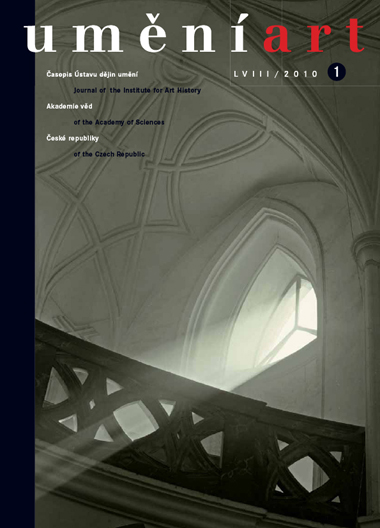Pavel Kalina
In opere gotico unicus: The Hybrid Architecture of Jan Blažej Santini-Aichl and Patterns of Memory in Post-Reformation Bohemia
There is a group consensus that lies behind Santini's hybrid, 'Baroque-Gothic' architecture, a consensus based on a particular construction of the past. Central Europe in the 17th and 18th centuries is usually regarded as a region that was less advanced than Western Europe. Czech history in this period, viewed somewhat anachronistically from the perspective of modern liberalism, has especially been seen as a period of political and economic decline. In reality, the situation was more complicated. The defeat of the Turks was followed by a certain amount of economic revival and saw the emergence of elements of a market economy, often so in a rural setting, which was where Santini did much of his work. While the Czech lands had no history of architectural treatises written in the main language of the land, the region was not a cultural hinterland. Jesuit education included instruction in mathematics, and that covered such applied fields as architecture. However, it is not clear whether Santini was able, for instance, to make use of modern treatises on stereotomy. Another question is how Santini's contemporaries understood 'Gothic'. The use of 'Gothic' within the 'Baroque' cannot be reduced just to its political or ecclesiastical-political meaning, as its foundation must have been wider. In this regard, Santini's traditional family profession, whether as a stonemason or a painter, may have had a constitutive influence. Recent renovations have revealed that the central vault of the abbey in Sedlec was reinforced with brick ribs, which means that Santini viewed ribs not just as a form of decoration, but also as a geometrically generated part of the structure itself. Santini's most important sacred structures served as pilgrimage sites, and therefore, they were able to appeal to wide strata of viewers. Pilgrims no doubt had some, now hard to reconstruct, notion of history. Clearly this is not a matter of an ideal communitas, but rather of a socially heterogeneous group.
Full-text in the Digital Library of the Czech Academy of Sciences:
https://kramerius.lib.cas.cz/uuid/uuid:ef8b9fbc-bcac-19a6-6a88-75e55e6ebd62
< back

